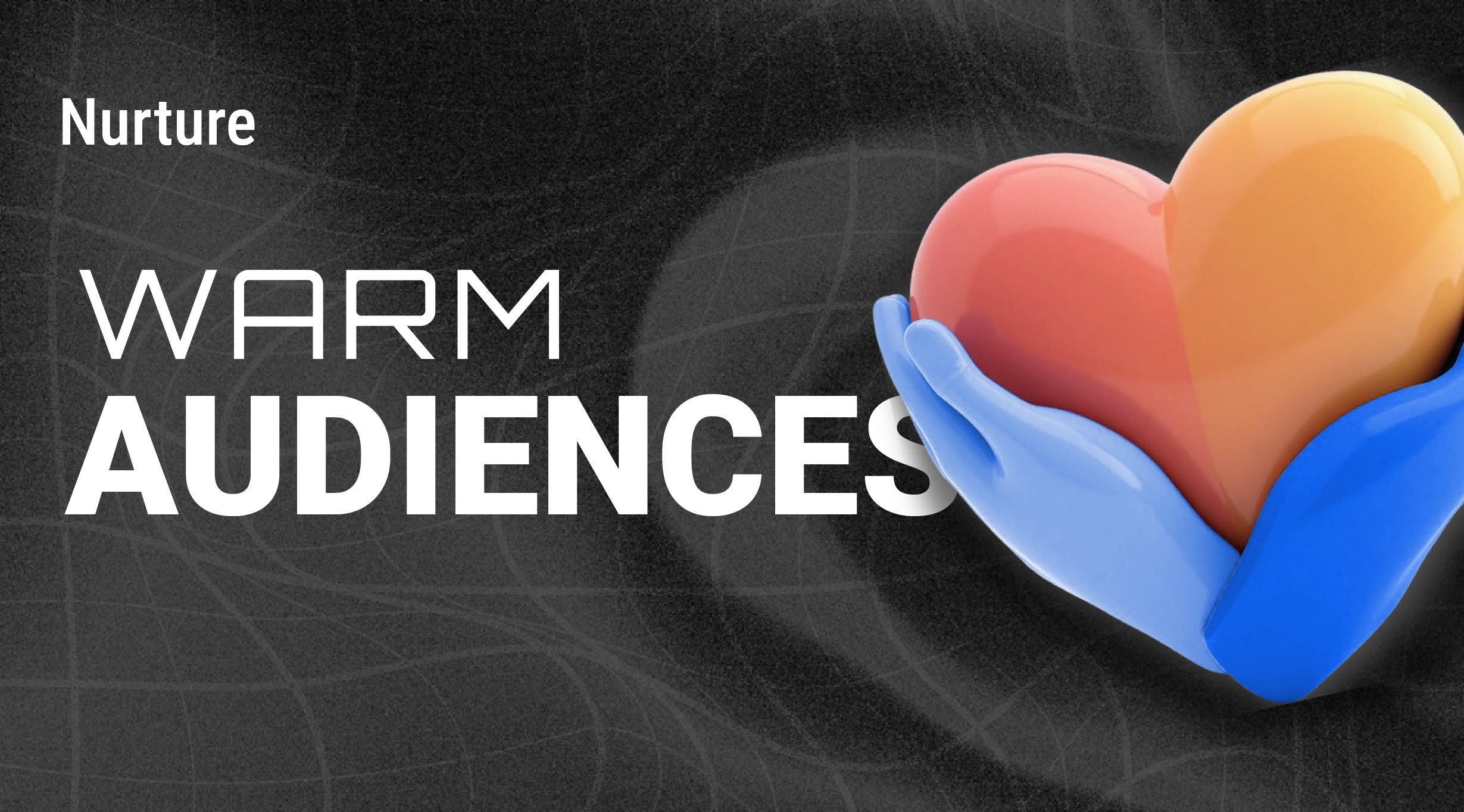Hayk Petrosyan
06/26/2025
How to Improve Lead Quality from Google Ads: A Proven Approach
At Aimit, after managing thousands of lead generation campaigns across e-commerce, insurance, and service industries, one truth stands out:
Lead quantity is meaningless without lead quality.
There’s no point generating hundreds of leads if they never become paying customers.
Fortunately, improving Google Ads lead quality is possible if you focus on the right strategies.
Here’s how we consistently improve lead quality for ourselves and our clients:
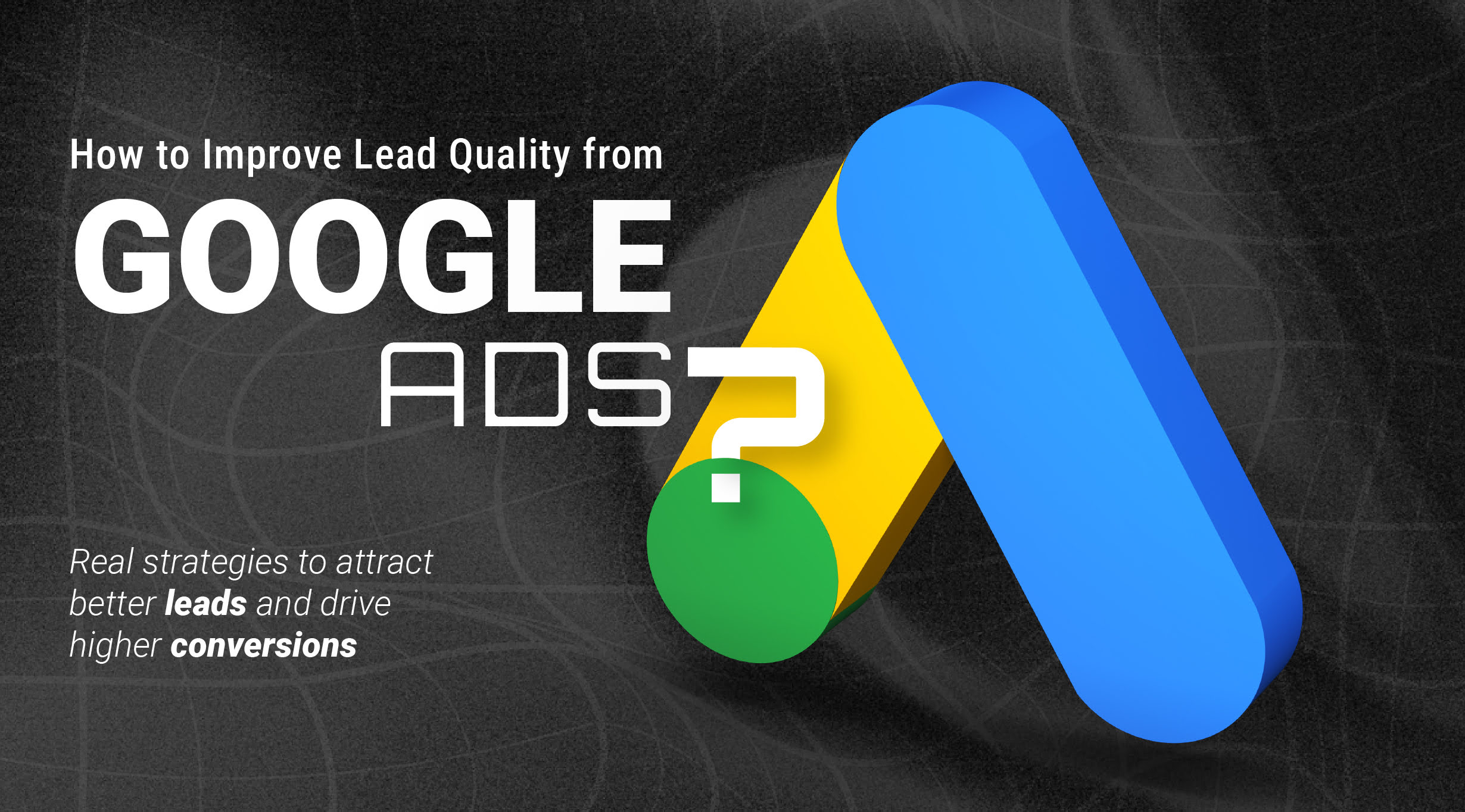
1. Target the Right People and Deter the Wrong Ones
Many advertisers focus only on increasing clicks.
But higher click numbers don't always mean better leads.
Instead, use selective ad copy to pre-qualify users before they click:
- Be clear about who your service is for (and who it isn't).
- Mention qualifications like location, budget, industry, or life situation directly in your ads.
- Pin critical headlines in your Responsive Search Ads to guarantee that important qualifiers always appear.
Example:
If your service only serves people who are moving homes, say it directly:
"Moving soon? We can help you with XYZ!"
This approach filters out unqualified traffic early saving your ad spend for the right audience.
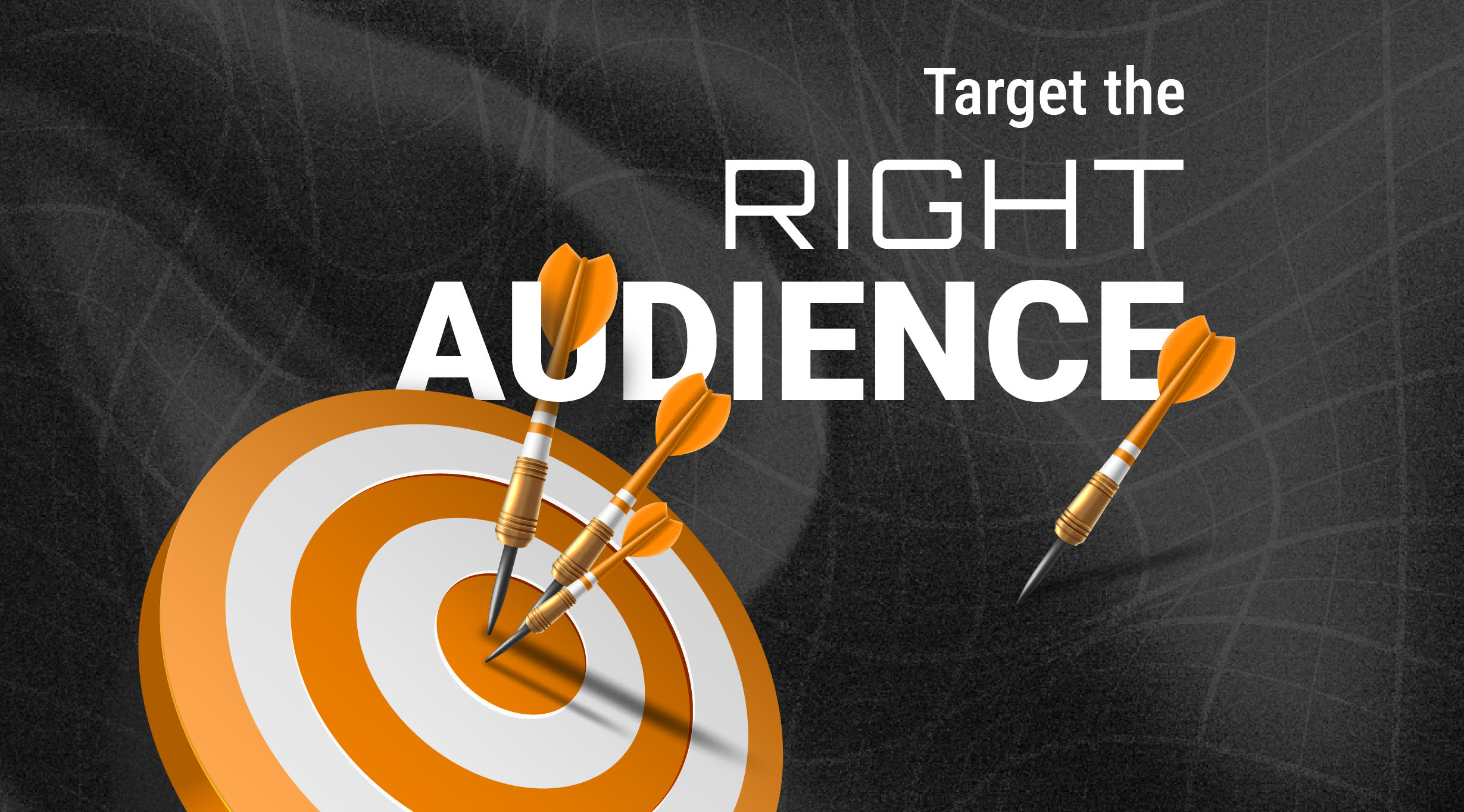
2. Implement Offline Conversion Tracking (OCT)
Offline Conversion Tracking connects your CRM or sales system to Google Ads.
This allows you to track not just which clicks became leads, but which leads became customers and even which customers were most valuable.
With offline data:
- You can prioritize keywords, ads, or campaigns that actually deliver real customers not just cheap leads.
- You can refine bids based on revenue generated, not just form fills.
Without OCT, you're flying blind.
With it, you can dramatically improve your ad profitability by focusing only on high-value sources.
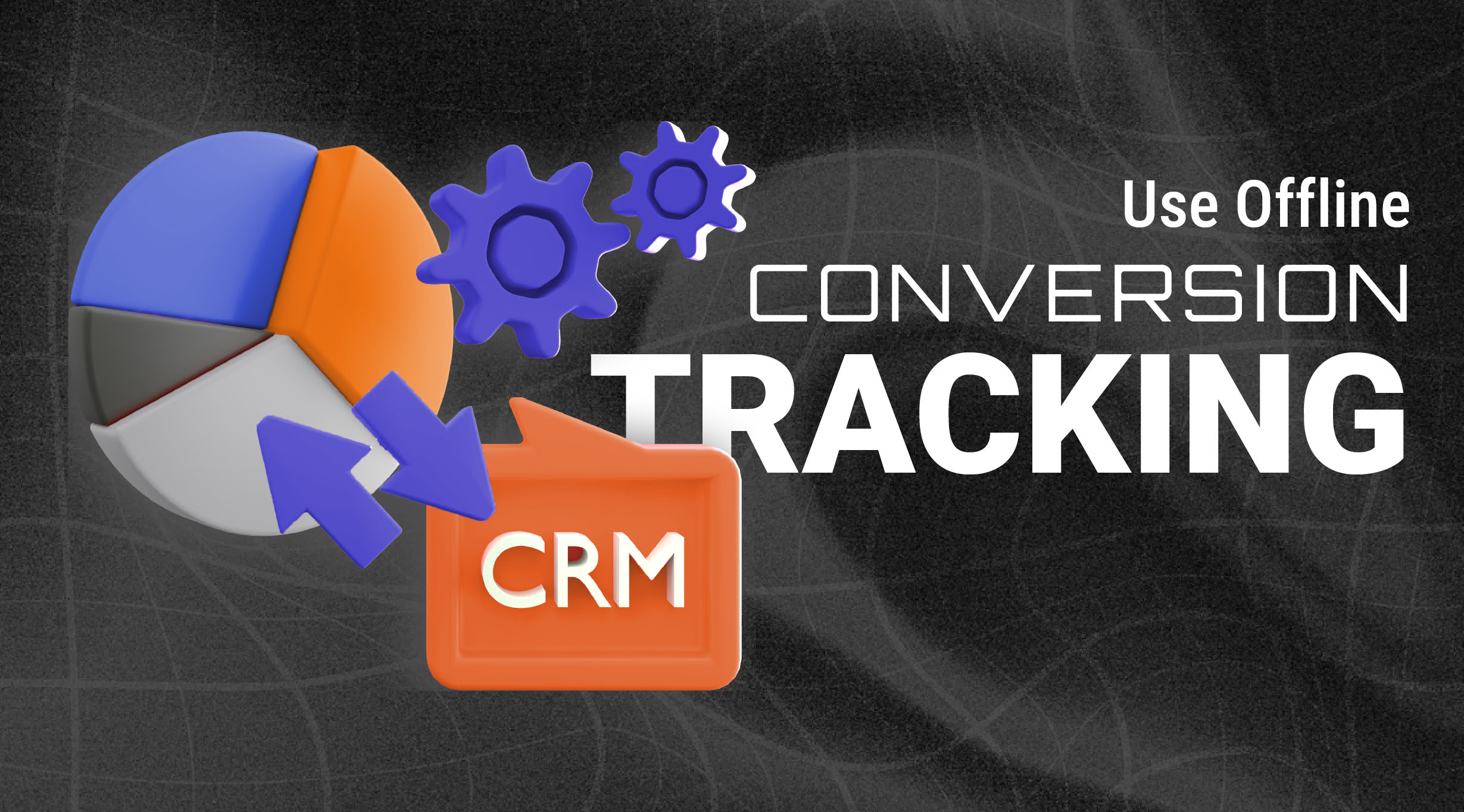
3. Add Smart Friction to Your Forms
Ironically, making it harder to submit a form can often increase lead quality.
Here’s how:
- Add more fields in your lead forms (ask about budget, company size, needs, etc.).
- Use conditional questions to filter leads.
- For example: If someone selects a low budget, redirect them to a free resource instead of your sales team.
Another option:
Instead of a simple "contact us" form, require leads to book a call directly into your calendar.
This pre-qualifies their seriousness and improves your show-up rate.
Remember:
Not everyone deserves your sales team’s time.
Adding friction weeds out low-intent or low-quality leads without hurting good prospects.

4. Assign Conversion Values to Your Leads
Not all leads are worth the same to your business.
Some leads are high-ticket, others are low-value.
Google Ads allows you to assign different values to different types of leads based on potential revenue.
When you optimize for conversion value (not just conversions), Google learns to:
- Prioritize higher-value opportunities.
- Spend budget more wisely to maximize your return.
Example:
Would you rather have three $100 leads, or one $500 lead?
Optimizing for value ensures you chase the second, better outcome.

5. Tighten Your Negative Keywords
Negative keywords aren’t just for eliminating irrelevant traffic
They can also eliminate low-quality but technically relevant traffic.
How to apply this:
- Analyze offline conversions.
- Identify keywords that produce leads but rarely convert or convert into low-value customers.
- Add these keywords to your negatives list.
Yes, this will shrink your traffic.
But fewer leads + higher conversion rates = more profit and less wasted time.
Tip:
Ignore Google's warnings about "losing potential traffic" when tightening negatives.
Your job is not to collect leads. It’s to collect customers.
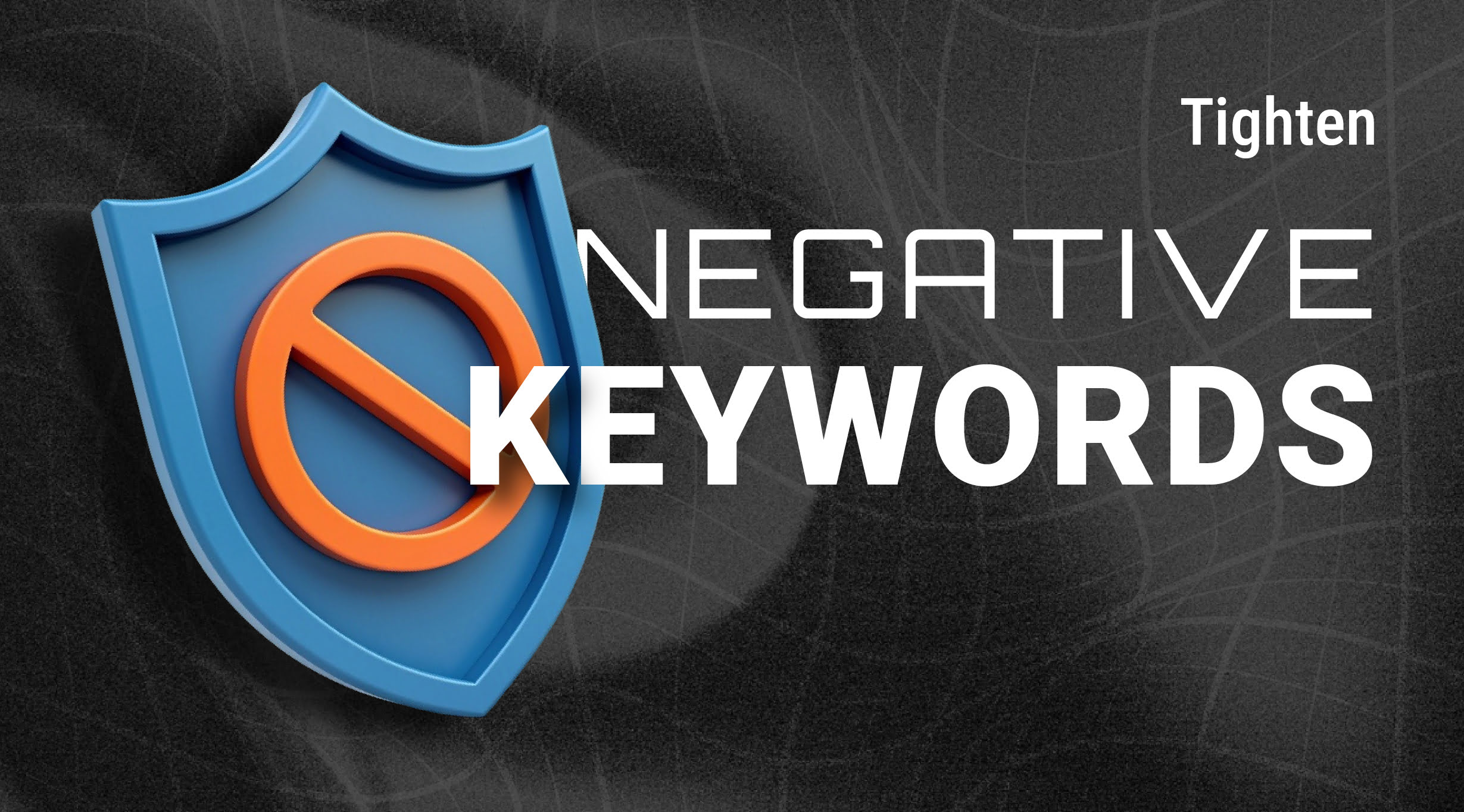
6. Build and Nurture Warm Audiences
Direct-response ads are powerful but if you rely only on cold traffic, you make your job much harder.
Investing in warm audience building dramatically improves lead quality over time.
Ways to build warm audiences:
- Educational content (videos, blogs, guides)
- Email nurturing sequences
- Remarketing campaigns for website visitors, YouTube viewers, and form starters
When users know, like, and trust your brand before filling out a form, they:
- Convert at higher rates
- Require less convincing
- Have lower no-show rates for sales calls
Short-term thinkers chase cold leads.
Smart advertisers invest in warming up their audience and enjoy easier, more profitable sales for years.
